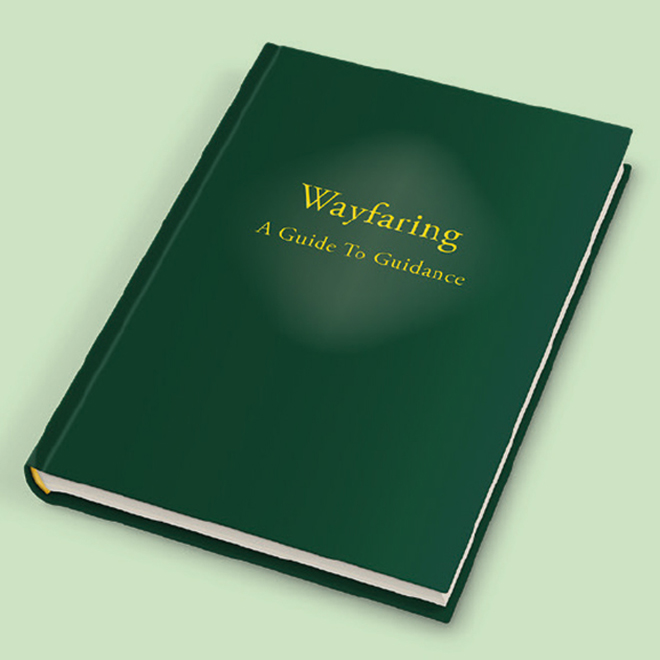An early Quaker woman printer
Trish Carn remembers an unusual late sixteenth century printer
Printing was a dangerous occupation in 1643: Parliament’s Licensing Order of 1643 instituted pre-publication censorship; registration of all printing materials with the names of author, printer and publisher in the Register at Stationers’ Hall; search, seizure and destruction of any books offensive to the government; and arrest and imprisonment of any offensive writers, printers and publishers. If unlicensed, your printing press and any printed materials could be destroyed. Why is this important? Well, Quaker printers could not be licensed as they were printing ‘seditious material’. And print was the way Quakers spread the word.
